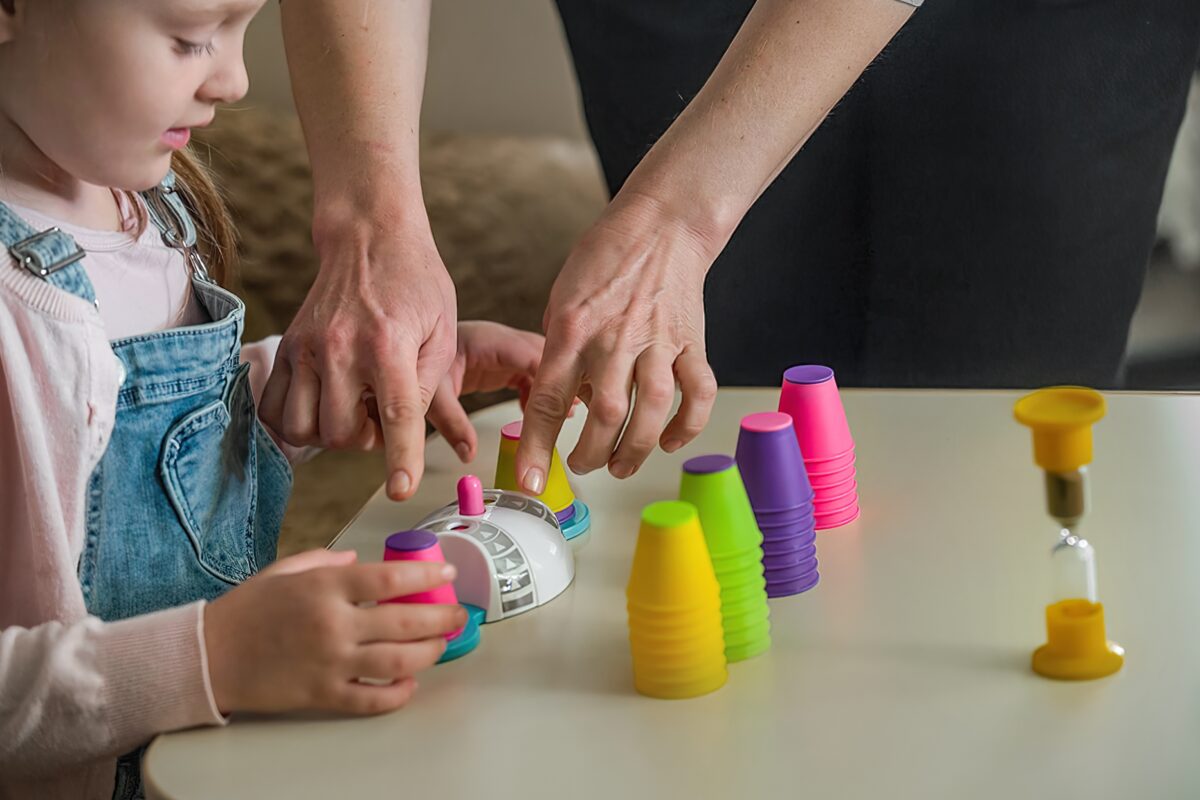Navigating the New Normal: When Your Child is First Diagnosed with Autism

Becoming a parent is like stepping onto a roller coaster with unlimited rides. It’s exhilarating, terrifying, joyous, and challenging – all at once. However, the ride takes a steep turn when your child receives an autism diagnosis. The dreams you had for your child’s life might seem abruptly shattered, replaced with uncertainty and apprehension. But, I promise you, the future remains bright and full of possibilities. You’re just about to embark on a different journey than you initially anticipated.
When my child was diagnosed with autism, I experienced a tsunami of emotions – shock, denial, grief, fear, and, oddly enough, relief. The latter came from finally having an explanation for my child’s unique behavior, from understanding there was a path forward.

Step 1: Allow Yourself to Mourn
Firstly, it’s essential to recognize that it’s okay to grieve for the life you envisioned for your child. This diagnosis might feel like a loss, and it’s important to let yourself mourn. It doesn’t mean you love your child any less, or that you wish they were different. It’s simply part of the process of coming to terms with this new reality.
Many of us have an innate tendency to map out our child’s future – milestones, experiences, achievements – all steeped in societal norms. When our child is diagnosed with autism, this map feels torn apart. But, remember, a different map isn’t necessarily a worse one. You’re not grieving your child; you’re grieving an idea, a vision of what you thought their life would be.
Step 2: Educate Yourself
Once you’ve taken the time to process your emotions, start to educate yourself about autism. Understanding the condition is key to helping your child reach their full potential. This doesn’t mean you need to become an expert overnight, but familiarizing yourself with the basics is a good place to start.
There are countless resources available to help you. Reputable websites, books written by experts, educational videos, podcasts and even social media – all provide valuable information about autism. It’s also crucial to understand that each child with autism is unique. Their experience will not mirror another child’s just because they share a diagnosis.

Step 3: Reach Out for Support
One of the most valuable resources you can tap into is the experiences and wisdom of other parents who have autistic children. They can provide insights and perspectives that you may not find in clinical resources. These parents can offer practical advice, share coping strategies, and provide emotional support when you most need it.
You can connect with these parents through local support groups, online forums, and social media platforms. Remember, you are not alone in this journey. Building a network of support can be incredibly helpful in navigating this new terrain.
Step 4: Start Intervention as Early as Possible
Early intervention can significantly improve the quality of life for autistic children. Once you’ve learned more about the condition, start exploring the therapeutic options available. Occupational therapy, speech therapy, behavioral interventions, and social skills training can make a significant difference. Collaborate with your child’s healthcare team to create an intervention plan tailored to your child’s unique needs.

Step 5: Love and Acceptance
Finally, and most importantly, continue to love your child fiercely and wholly. They are still the same unique, beautiful individual they were before the diagnosis. Embrace them, love them, and advocate for them.
This new journey may not be the one you anticipated, but it’s one filled with growth, learning, and a love so profound it may surprise you. There will be challenges, certainly, but remember, a different life is not a lesser life. Your child will amaze you in ways you could never have imagined.
The ride may be different, but it’s still a ride worth taking. Let’s navigate this new journey together, celebrating the wins, learning from the setbacks, and embracing our beautifully unique children.
